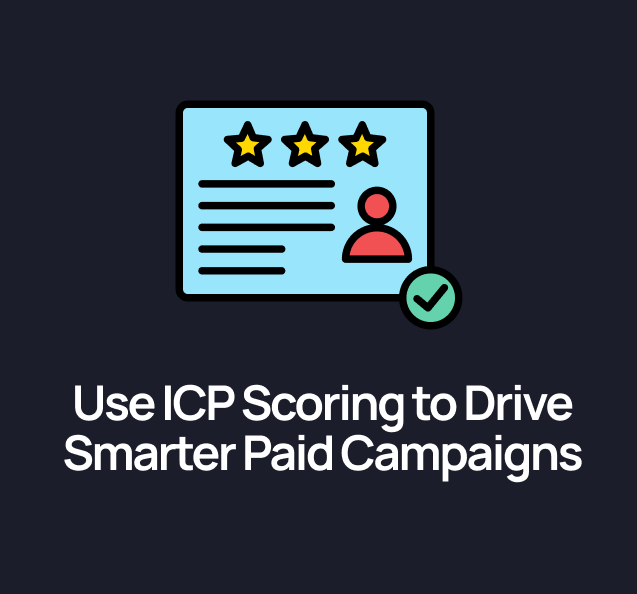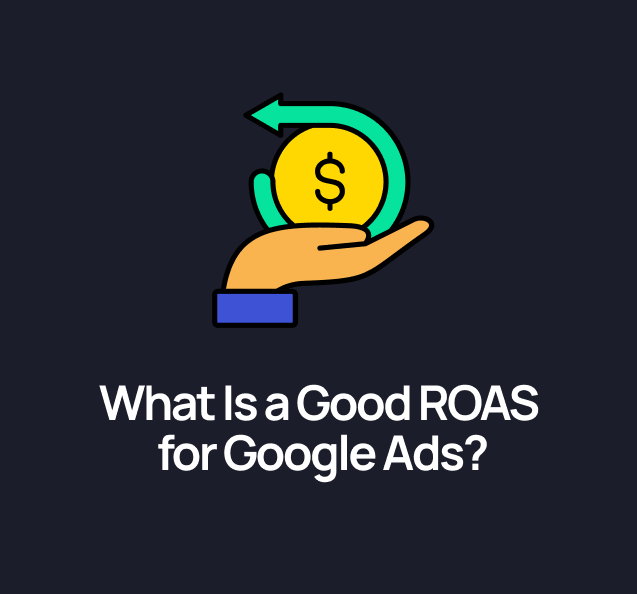Most PPC strategies are obsessed with lead generation: more form fills, more demo requests, more “book a call” buttons proudly displayed like they’re rare collectibles. But if you’re in B2B, especially SaaS, FinTech, or anything with a considered buying cycle, pure lead gen is rarely where long-term, predictable growth comes from.
That’s where demand generation enters the chat.
Demand gen doesn’t try to force buyers into action. Instead, it builds the awareness, trust, and problem recognition they need before your sales team ever meets them. If lead gen is the transaction, demand gen is the compounding interest that makes the transaction happen.
In this blog, we’ll explore how PPC can (and should) be used for demand generation, not just quick wins. Because Google, LinkedIn, Meta and Microsoft can do far more than collect email addresses, they can build markets, shape perception, and create pull.
What Demand Generation Actually Means in PPC
Let’s demystify it.
Demand generation is the part of marketing that creates:
- awareness (“Oh, that’s a thing?”)
- understanding (“I see why companies use this.”)
- intent over time (“We should explore this soon.”)
It’s the quiet work that makes high-quality leads possible later.
Lead gen = capturing existing demand
Demand gen = creating future demand
A healthy PPC strategy needs both.
The problem? Most companies do the first and ignore the second entirely and then wonder why their sales team is left trying to convert people who were never actually warmed, nurtured, or qualified.
According to Google’s own B2B research, only 5% of your buyers are “in-market” right now (Source: Google / Bain, 2022) that’s a whole 95% that you are not reaching if you do not consider demand gen in your strategy.
Why PPC Is Perfect for Demand Gen (When Used Properly)
PPC has three huge advantages when it comes to demand generation:
1. You can reach buyers long before they start searching
Google Search is bottom-funnel.
But YouTube, Meta, LinkedIn, and Microsoft Audience Network let you reach people in their passive, research, or problem-discovery phases.
2. You can target by problem, not product
This is ideal for B2B where buyers don’t always know what they’re looking for.
- “I need better visibility on forecasting.”
- “Our billing process is a mess.”
- “Our ops are too manual.”
These are demand-gen triggers, not high-intent search queries.
3. You can seed preference long before the buying committee even assembles
By the time they Google you, selling becomes 10x easier.
The Demand Gen PPC Framework (Lever Style)
Below is a simple structure we use to help clients shift from “lead hungry” to “demand healthy.”
Step 1: Map the Buying Triggers (Not the Keywords)
Demand generation starts with understanding what causes people to enter the buying cycle.
Ask:
- What pain points signal an emerging need?
- What moments in the business create urgency?
- What roles feel the pain first?
- Who influences the decision, even if they don’t sign the contract?
If you’re unsure, LinkedIn audience insights and Google’s Think With Google are good places to start.
Step 2: Build Awareness Assets (Not Hard CTA Ads)
Demand gen requires ads that actually teach something.
Your buyer wants:
- clarity,
- quick insights,
- reframes,
- category understanding,
- proof your approach works.
Not emojis or “BOOK NOW!!!” energy.
The best-performing demand-gen ads include:
- Short educational explainer videos
- Carousels showing problems → fixes
- Practical frameworks and cheat sheets
- 15-second “myth vs reality” videos
- Case study snapshots (without the heavy sell)
Good demand-gen ads make the buyer think:
“You lot clearly know what you’re talking about.”
That’s the goal.
Step 3: Choose Channels Based on Buying Stage
Each PPC channel plays a different role in demand creation:
Google Search → Captures demand
Yes, still essential. But it’s not where demand is built.
YouTube → Creates demand through education
Perfect for explainers, founder-led storytelling and high reach.
LinkedIn → Reaches the actual buying committee
Brilliant for B2B audience granularity and problem-led messaging.
Meta → Low-cost broad awareness
Useful for lightweight video content and early-stage education.
Microsoft → Quality B2B top-of-funnel
Great for professional audiences and higher-income segments.
A strong demand-gen plan usually blends two or more.
Step 4: Optimise for Engagement Signals, Not Form Fills
This is the part marketers struggle with.
Demand gen is not measured through “17 demo requests.”
Instead, optimise toward:
- video views (e.g., 50–75% viewers are high-signal)
- landing page scroll depth
- repeat visits & brand searches
- engagement rate on problem-led content
- high-quality time-on-page
These are the breadcrumbs leading someone toward the sale.
As Harvard Business Review puts it, “trust is built on repeated, positive exposure.”
(Source: HBR, “The New Rules of Trust,”)
Step 5: Retarget Based on High-Intent Interactions
Now your demand is warming.
This is where performance meets patience.
Retarget:
- people who watched >50% of your videos
- website visitors who engaged with key content
- users who visited pricing, features, or comparison pages
- people who interacted with problem-led ads
- LinkedIn engagers from specific job titles
These people are far closer to becoming a high-quality lead than anyone clicking a £10 lead form ad.
Step 6: Use Lead Gen Sparingly (And Only When They’re Ready)
Once demand starts turning into intent, then you shift toward capturing it.
For example:
- Demo ads
- Free trial ads
- “Talk to an expert” ads
- Whitepaper downloads (if used carefully)
- Buying-signal retargeting ads
Lead gen becomes the final step, not the first.
This is the difference between hunting and harvesting.
What Good Demand Generation Looks Like
When done well, demand-gen PPC produces:
More efficient paid search
Because your brand is already known.
Higher-quality inbound leads
Because they understand the problem before they meet you.
Better ROAS and CAC over time
Because brand affinity raises conversion rates.
Shorter sales cycles
Because the prospect isn’t meeting you cold.
Fewer junk leads
Because the wrong audience never enters your system in the first place.
In short: demand-gen PPC removes friction for the buyer, and for your funnel.
Common Mistakes to Avoid
Mistake 1: Expecting demand gen to look like lead gen
It will not and should not produce daily SQLs.
Mistake 2: Using content that teaches nothing
Brand awareness ≠ “we’re award-winning.”
Mistake 3: Judging early-stage channels on last-click conversions
Demand gen is cumulative.
Mistake 4: Switching off demand gen too early
This happens constantly.
Then everything downstream collapses.
A Final Word: Demand Drives Growth, Lead Gen Just Measures It
Demand generation is the compounding engine behind modern PPC strategy.
If your ads are only designed to capture existing demand, you're always competing, always chasing, always trying to bid your way to growth.
But when your PPC mix includes content that builds demand explains, educates, reframes, and earns trust you grow in a way that actually lasts.
If you’re currently running PPC that feels a bit “form fill or bust,” it may be time to rethink your structure. And if you’d like a second opinion on whether your setup is geared for capturing demand or creating it, you can always ask us for a free proposal.
We’ll show you how to build a strategy that works today and creates tomorrow’s pipeline.

.svg)








.svg)
